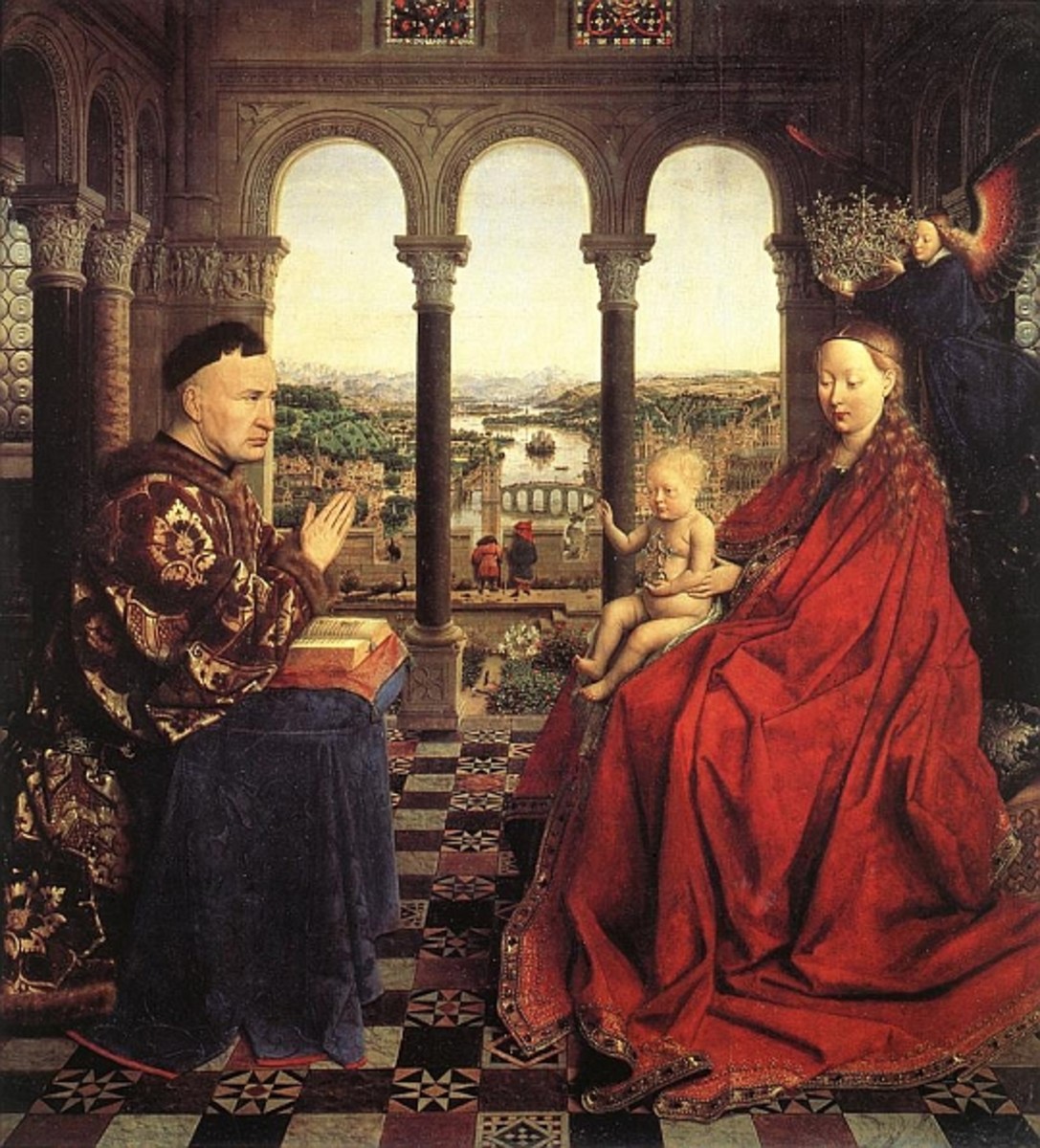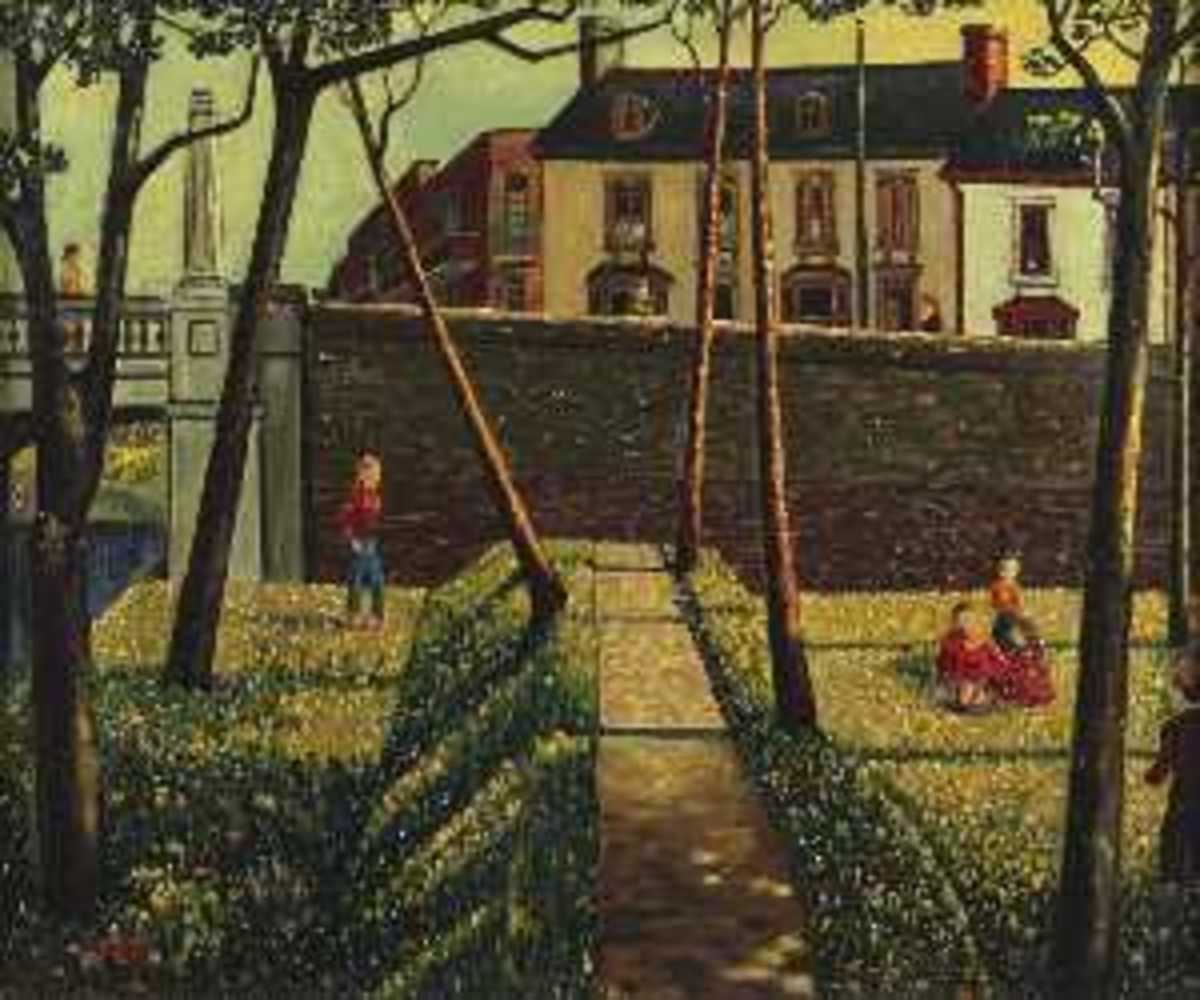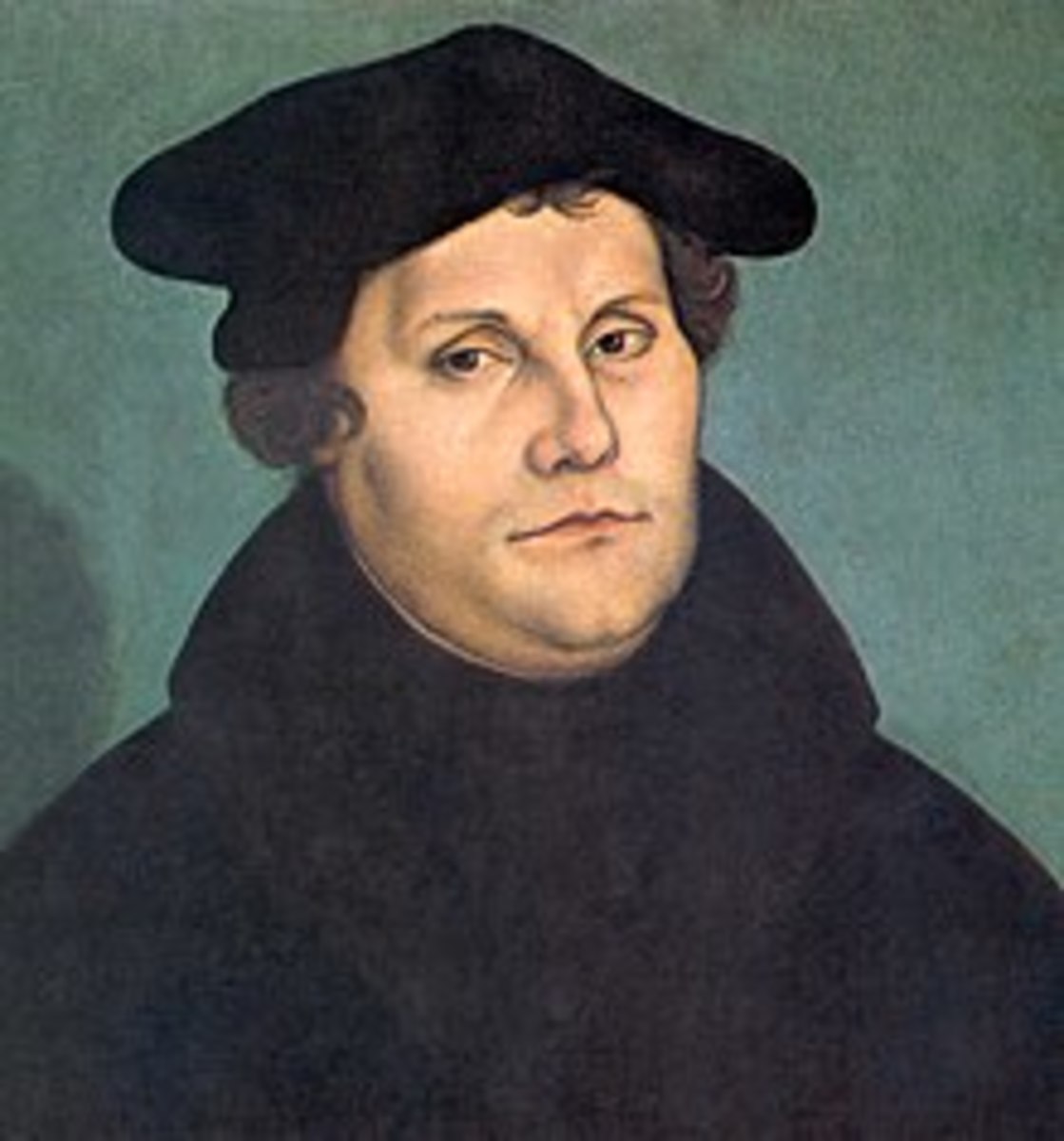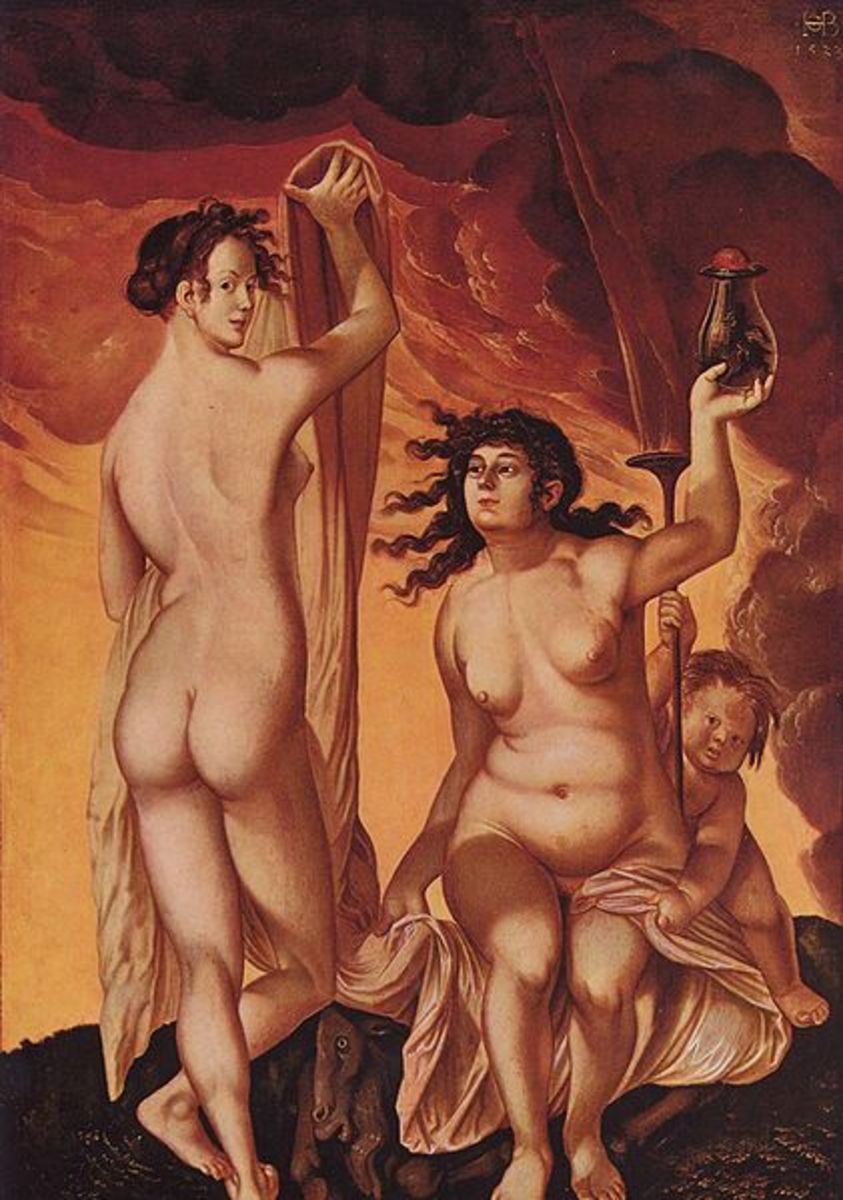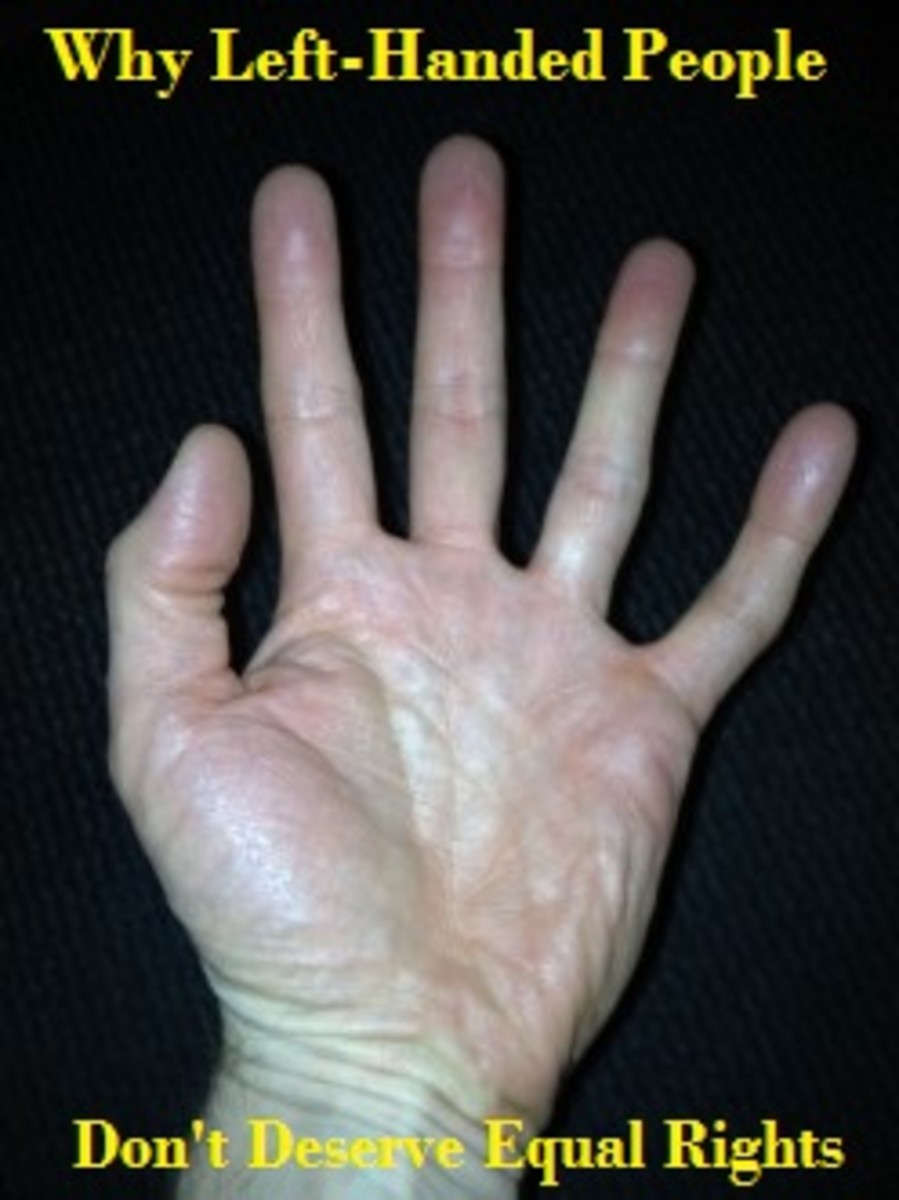Blame It All on Gislebertus: Art During the Renaissance
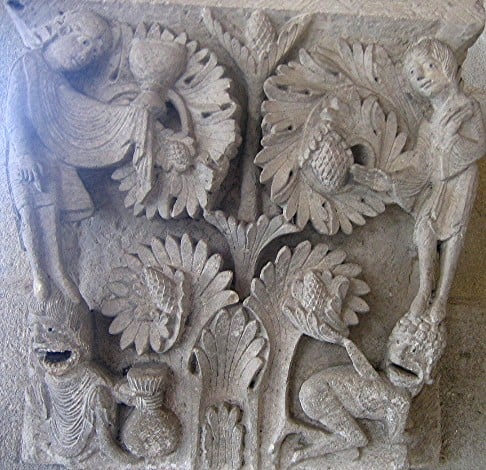
Individuality for Artists
It is possible to trace the concept of individuality back to one man - the first one to put his name on his work. Before this time, artisans were not considered as such. They were merely workers. Gislebertus started the wheels turning, but it was not until the dawn of the Renaissance that the idea truly took hold.
The Pierre Theory
The Pierre Theory states that the revival of villages and towns as the center of barter because of the plague was the beginning of Renaissance. Once barter began, it slowly turned to commerce, which turned to cash. With cash and goods being exchanged, people moving to cities and villages, and ideas being exchanged along with the cash and goods, it is inevitable that a Renaissance will occur.
This is what happened in the early Fifteenth Century. Artists and artisans who had once been owned by those in higher positions of powers suddenly had either come into power of their own due to deaths in their family, or their number was so reduced that they were part of a minority workforce. The Church still controlled a great deal of the work that was produced as they spent the most, but as Florence and other city-states began to flourish, the artists and their benefactors began to flourish as well. The Medici’s and other wealthy family began to realize the benefits of having artists and artisans to work for them. As society began to value the works more, the artists formed guilds and trade organizations.
Art as a Reflection of Society
Viewing artwork can show the changes that occur. During the late medieval times, artwork reflected the belief that God was the most important and most powerful part of the work. Sizing and placement within a piece responded purely to that concept, so piece may have two-thirds of their space allocated to showing angels and saints in Heaven, even in the true focus should have been on what was happened below. This changed as the Renaissance got its start. A new interest came about, one that was generated by a resurgence of love for old Greek statuary and artwork. Suddenly, perspective and realism were more important. People wanted to see themselves in works of art. While religious art was still the majority of all work – indeed, it was all that existed – changes were occurring. “Adoration of the Magi” by Sandro Botticelli had in it the portraits of the Medici’s – Lorenzo and Cosimo, as well as Piero and even Botticelli himself. Artists learned new techniques, including foreshortening and linear perspective. The world was changing, and the Church was being left behind.
Religious Struggles and Their Effect on Art
Religious struggles ensued. People were tired of being told what to think. The introduction of the Gutenberg Bible and the printing press meant that more individuals were able to see the Bible for themselves, and this led to the questioning of the Church and its absolute authority. Indulgences (one of Luther’s biggest complaints) and demands for money from the Vatican led to a growing dissatisfaction. The looming Inquisition tried to put a damper on people, but it was already too late. Scientists like Galileo and Copernicus had already published their works, and no matter how much the Church tried to subdue them, it was too little too late. The works already existed, and copies could always be found by those who truly wanted them. The Church lost more and more power as the monarchs gained power, but even the power of the monarchs began to fade as time went on.
During this time, art styles began to change even more. Instead of primarily religious scenes with some people painted in for their own indulgence, people began to paint portraits that were only of themselves or their families. “The Arnofini Wedding” by Van Eyck is an example of art for record’s sake. This type of thing had never been done before this time.
Further advances were made, and music began to change as well. Again, the purely spiritual works that involved chanting were beginning to change and evolve. Real music and song were coming into being. Madrigals were being sung in the courts to amuse the lords and ladies. Dramas by authors like Shakespeare were being thrown into the fold. A world that had once existed purely for the Church and monarchs was beginning to enjoy individual freedoms.
Changes in Political Philosophy
Finally, political philosophy came around. There were arguments from philosophers like Locke who believed in a social contract. Echoes of this were seen in the Revolutionary War in America when the Americans began to believe that their contract had been broken by the King of England, and therefore they had the right to rebel. This thought, although already seen in France and other countries in Europe, was something that would never have been imagined even a hundred years before. Enlightened despots came into being – rulers who believed that they were there for the people, just as the political theory of the time had begun to think.
These changes did not occur overnight, but the rapidity with which they did occur is astounding. The time from the middle ages to the end of the Renaissance was a few hundred years. Compared to the time that had gone before with little or no change, it is amazing that so much could have happened. Even today, we feel the echoes of this. The willingness to go to war over individual rights would not have even been a consideration before Gislebertus carved his name.



